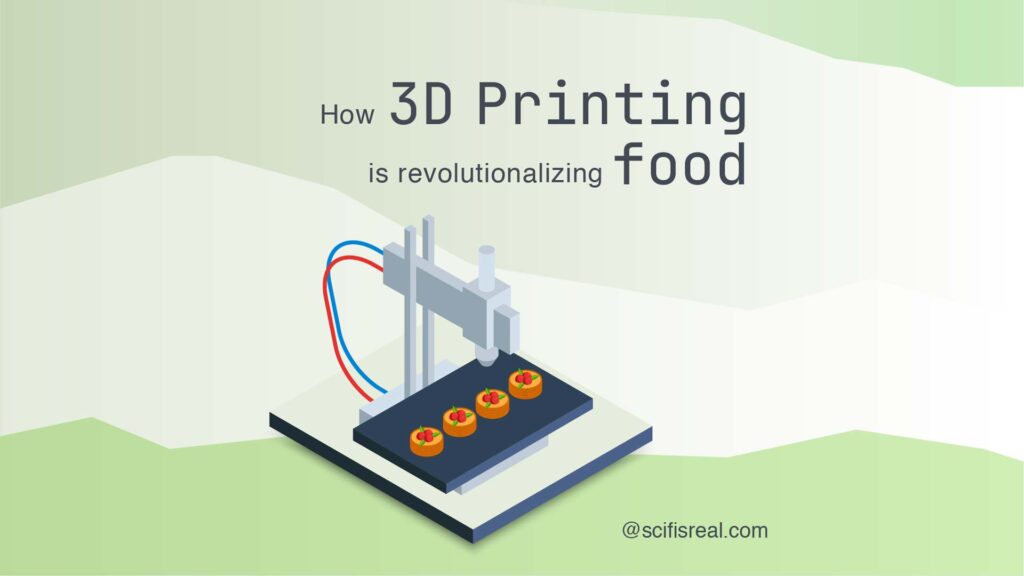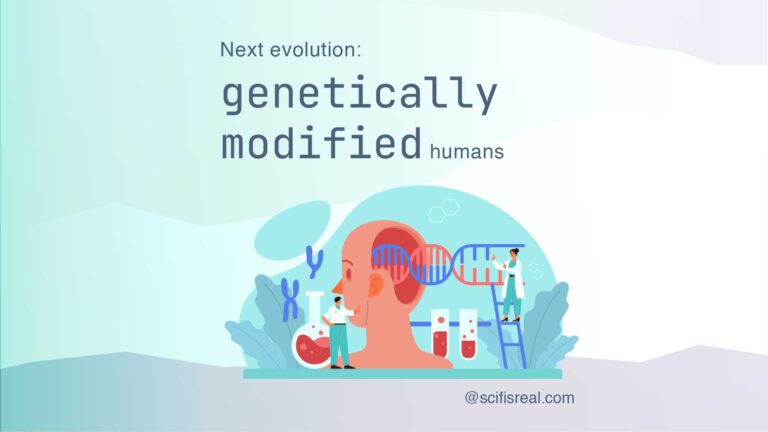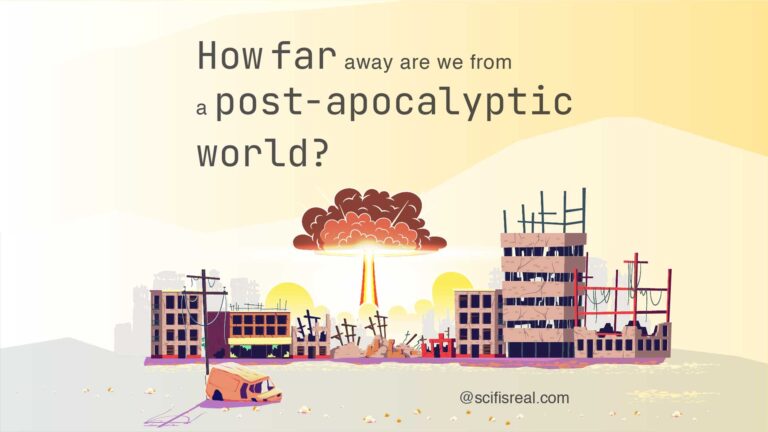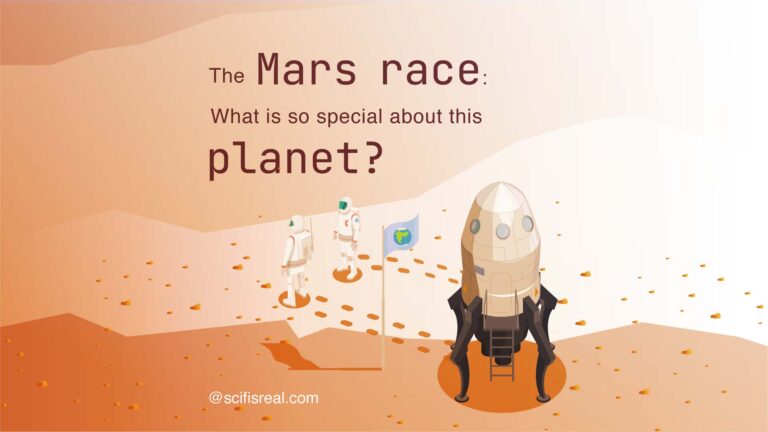GMO foods and a dystopian bioengineered future
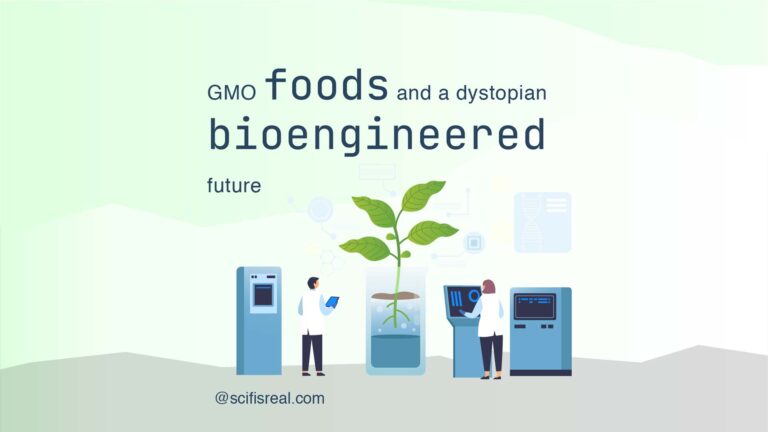
Are we heading towards a dystopian future where food is bioengineered and genetically modified, natural resources are depleted and there is no turning back? The debate around GMO foods has been raging for years, with passionate proponents on both sides. But what are the real-world implications of genetic technology when it comes to our natural resources, sustainability, and human health?
What are bioengineered food ingredients?
Genetically modified organisms (GMOs) or genetically engineered (GE) foods are plants, animals, and microorganisms created through the gene-splicing techniques of biotechnology. They are often touted as a solution to the world’s food shortage, with genetic engineering allowing for more efficient production and higher yields. But not all GMOs live up to this promise, and some have even been found to pose serious health risks.
These foods have been genetically modified to make them more resistant to pests and drought, increase their shelf life, add nutritional value, or change their taste. However, the long-term effects of these modifications on human health have not been adequately studied and it is still unclear if there are any potential health risks associated with consuming these types of food.
Is GMO even legal?
It depends. While some countries, such as the United States and Canada, have approved certain genetically modified foods for consumption, others, such as Europe, have adopted more stringent regulations. Even in places where GMOs is legal, it has sparked controversy due to potential health risks and environmental concerns. For example, crops engineered to be resistant to weeds or pesticides can lead to the emergence of so-called “superweeds” and “superbugs”, which can be difficult and costly to control and can also lead to an environmental disaster.
At the same time, some argue that genetically modified foods are necessary for our growing population and could provide environmental benefits such as reduced water consumption, improved nutrient content, and less land use. But even proponents of genetic engineering have expressed skepticism about the long-term consequences of the technology.
Given the complexity and uncertainty surrounding GMO food, it’s essential that we consider carefully and debate openly our choices regarding this powerful new technology. Only then can we hope to avoid a dystopian future where our food is bioengineered and genetically modified without due consideration for our health, environment, and future generations.
Genetically modified food pros and cons in a nutshell
There has been much debate on the subject of genetically modifying food and whether the benefits outweigh the risks. While proponents argue that GMO food is more sustainable and efficient in terms of resource use, research has shown that it could also lead to a range of health risks.
What’s good about genetically modified food
- Cost-effective: Genetic engineering techniques used in agriculture make it easier and cheaper for farmers to produce food.
- Efficient resource use: GMO crops can be produced using fewer natural resources such as water, land, and fertilizers by reducing the need for manual labor.
- Pest resistance: Genetically modified plants have been engineered to resist pests and diseases, which can reduce the need for chemical pesticides.
- Nutritional benefits: Some GMO foods have been modified to contain more nutrients than their natural counterparts, making them a healthier option.
Genetically modified food risks
As GMOs become more pervasive in our food supply, it’s important to remain vigilant about the potential risks they pose. While some claim that GMOs can increase yields and improve nutritional value, many remain skeptical due to the lack of long-term studies on their safety. The potential risks of consuming genetically modified foods include:
- Increased toxicity: some GMOs may contain higher levels of toxins than their conventional counterparts.
- Allergenicity: certain GMO foods have been linked to allergies and other adverse reactions in humans.
- Environmental concerns: growing GMO crops can lead to the spread of genetically modified organisms into the wild, potentially leading to unknown consequences for our natural ecosystems.
- Economic implications: due to the high cost of GMO crops and their potential for contamination, small farmers may find themselves unable to compete with large multinational corporations.
Are GMOs as nutritious as organic foods?
While it is true that there are a few potential benefits to GMO foods, such as increased yields and resistance to pests, the potential risks associated with their consumption remain largely unknown. Several studies show that when compared to conventional foods, GMO foods are nutritionally equivalent in terms of protein, fat, carbohydrate content, and other essential nutrients. However, there is some evidence that these foods can contain higher levels of certain pesticide residues and may cause an allergic reaction in some individuals, leading to health concerns.
Allergies, superweeds, and antibiotic resistance are all potential GMO drawbacks that could arise from their widespread use. Additionally, the long-term effects of consuming genetically modified foods are still largely unknown.
Which food ingredients can be bioengineered and which not?
In the United States, most of the GMO foods on the market are corn, soybeans, canola, and alfalfa. Other crops such as papaya, squash, potato, and sugar beets have also been genetically modified in recent years. In addition to these crops, some animals such as salmon can also be genetically engineered for increased growth or other traits.
However, some foods such as wheat and meat are not currently allowed to be genetically modified in the United States. In Europe, all GMO foods must be labeled and approved by the European Food Safety Authority before they can be sold on the market and recently, the USDA followed suit with a mandatory requirement that as of January 2022, all foods with GMO ingredients should be appropriately labeled as “bioengineered”.
Long-time health concerns and GMO
Food safety issues have been brought up, including the potential impact on humans. For example, some studies have shown that GMO food can cause allergies and lead to antibiotic resistance in human beings. GMOs also have a direct effect on biodiversity and native animal populations, with potentially devastating consequences for our natural resources.
Can human DNA be altered by consuming GMO foods?
Another concern is the potential for unintended consequences of GMO food consumption on human DNA, as bioengineered crops may contain genes that weren’t present in their original form. Scientists are also concerned about the effects of GMO food on long-term health, as it can have an effect on essential nutrients such as minerals and vitamins.
Health concerns for animals consuming GMO foods
Not only can GMO food have a direct effect on human health, but it can also have an impact on animals. A study conducted by the American Society for Nutrition found that animals consuming GMO feed had changes in their gut bacteria, which could potentially lead to health issues such as inflammation, allergies, and weight gain. Additionally, some researchers believe that GMOs are contributing to the decline of bee populations, as certain insect-resistant genes may be toxic to bees and other pollinators.
Potential environmental effects of GMO foods
The use of genetically modified crops has raised a number of environmental concerns. For example, the introduction of new genes into the environment could lead to unintended consequences, potentially leading to the emergence of “superweeds” or other invasive species. Additionally, there is a concern that over-reliance on genetically modified crops could reduce genetic diversity and lead to crop monocultures, which are more vulnerable to disease and pests.
The GMO future for natural resources, sustainability, and food production
In terms of sustainability, the use of genetic technology could potentially have a detrimental effect on our natural resources. Proponents claim that GMO crops can help to reduce water consumption and fertilizer use while improving crop yields. However, there is still much work to be done before the agricultural industry can properly utilize GMOs to their full potential.
GMO foods and space travel
Given the current challenges surrounding food production on Earth, GMOs could also potentially play a role in space exploration. Scientists are exploring how to use genetic engineering and artificial selection to produce sustainable food sources for astronauts during long-term missions in space and subsequent space colonies on other planets. GMO food cultivation for establishing space colonies could reduce the need for fresh produce and other food sources to be shipped from Earth, while also providing an opportunity to explore new food sources.
Bioengineered food in science fiction
Bioengineered food has also been explored in science fiction works. In these stories, bioengineered food is produced by combining genetic engineering with nanotechnology to create a variety of sustainable and nutritious sources of nutrition. While this technology may still be many years away, it could potentially revolutionize food production and help to meet global dietary needs.
Popular science fiction works exploring bioengineered food
- Ready Player One: In a post-apocalyptic world where crops are grown in vertical farms through the use of nanotechnology and genetic engineering.
- Blade Runner 2049 depicts a future with bioengineered food sources created by combining genetic engineering with tissue culture technology.
- The Hunger Games and The Maze Runner, where bioengineering is used to create food sources for survival in a post-apocalyptic world.
- The Windup Girl, where bioengineered food is used to ensure a steady supply of produce in an overcrowded city.
- 2030: The Real Story of What Happens to America, which imagines bioengineered food sources as the answer to global hunger in the wake of catastrophic climate change.
These works may be fictional, but they highlight the potential of bioengineered food and crop engineering to provide sustainable food sources for a population that is increasingly demanding more efficient production methods.
Will bioengineered foods lead to a dystopian future?
GMOs still remain a controversial topic, and there are many unanswered questions about their impact on our environment and health. The benefits of GMO food production must be weighed against the potential risks to determine whether it is a viable option in terms of sustainability, resource use, and public safety. Ultimately, its success will largely depend on further research into the environmental, economic, and health implications of genetic engineering.
The future of food production and sustainability could be determined by how humans use genetic technology to produce safe, sustainable food sources. As the world population continues to grow and natural resources become increasingly scarce, it is essential that we thoroughly examine the potential risks and benefits associated with GMOs before wide-scale adoption. Research into the environmental, economic, and health impacts of genetic engineering must be done to ensure that GMO food production is done in an ethical and responsible manner. Only then can we determine if GMOs can truly help us create a sustainable future for food production.
Further reading
- Health risks of genetically modified foods (pubmed.ncbi.nlm.nih.gov)
- Will GMOs Hurt My Body? The Public’s Concerns and How Scientists Have Addressed Them (sitn.hms.harvard.edu)
- Nothing to Sneeze at: the Allergenicity of GMOs (sitn.hms.harvard.edu)
- What are the socio-economic impacts of genetically modified crops worldwide? A systematic map protocol (biomedcentral.com)
- Genetically modified crops and small-scale farmers: Main opportunities and challenges (Researchgate: Critical Reviews in Biotechnology 36(3))
- GMOs — Top five concerns for family farmers (farmaid.org)
